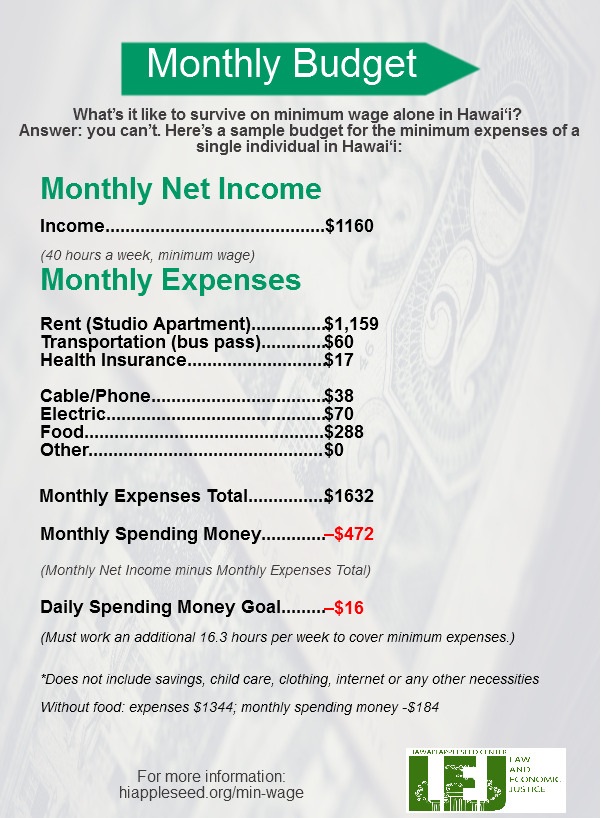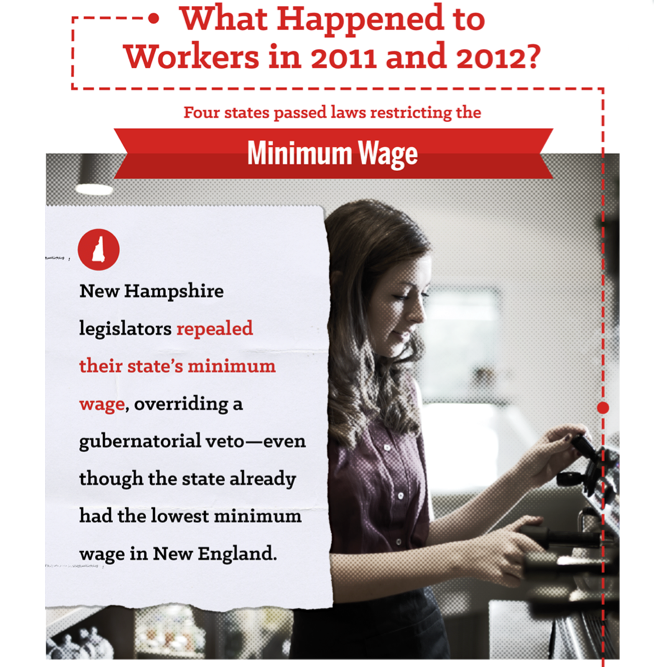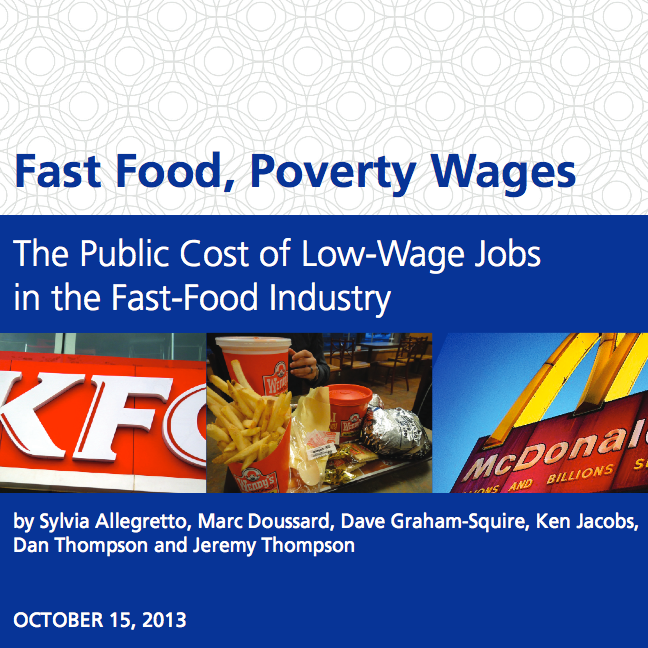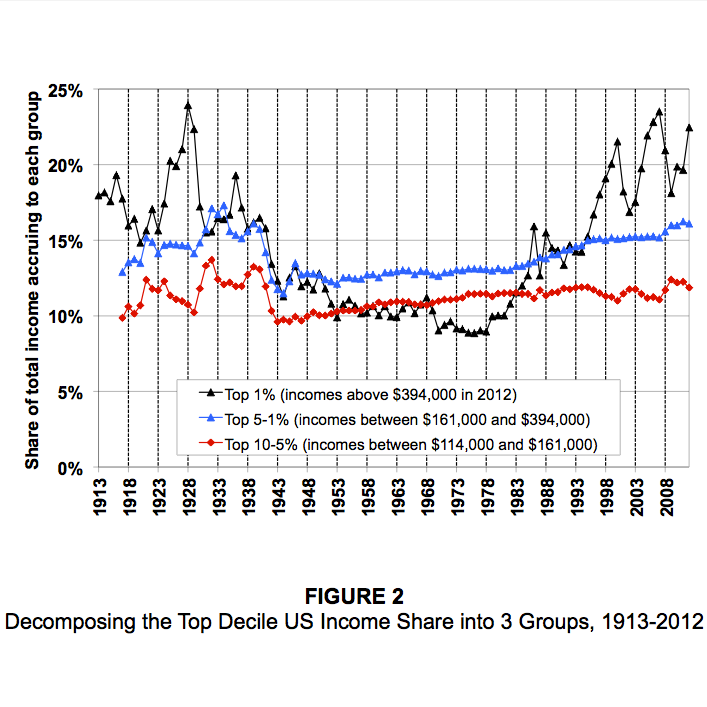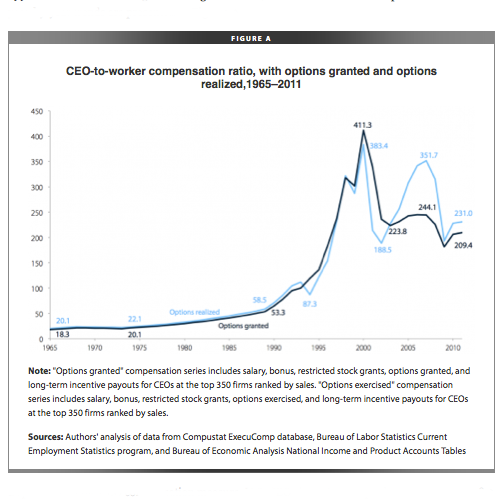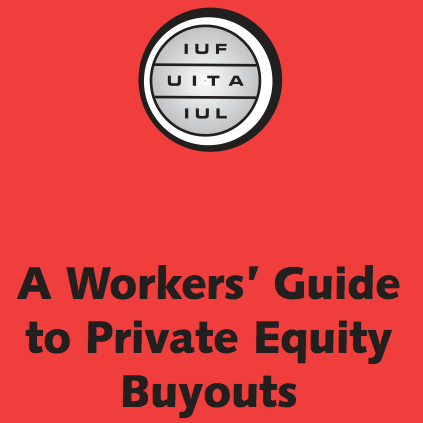(Hawai’i Appleseed Center for Law & Economic Justice) – When the McDonald’s minimum wage budget first made the news, we knew that it didn’t quite reflect the realities of minimum wage workers in Hawaii. So we did some research and number crunching to see how different reality is from the McDonald’s one (click here to see the original). This infographic is the result.
(Economic Policy Institute) – By Gordon Lafer. This report provides a broad overview of the attack on wages, labor standards, and workplace protections as it has been advanced in state legislatures across the country. Specifically, the report seeks to illuminate the agenda to undermine wages and labor standards being advanced for non-union Americans in order to understand how this fits with the far better-publicized assaults on the rights of unionized employees.
(University of California, Berkeley, Center for Labor Research and Education and the University of Illinois at Urbana-Champaign Department of Urban & Regional Planning) – By Sylvia Allegretto, Marc Doussard, Dave Graham-Squire, Ken Jacobs, Dan Thompson and Jeremy Thompson. Nearly three-quarters (73 percent) of enrollments in America’s major public benefits programs are from working families. But many of them work in jobs that pay wages so low that their paychecks do not generate enough income to provide for life’s basic necessities.
(UC Berkeley) – By Emmanuel Saez. From 2009 to 2012, average real income per family grew modestly by 6.0% (Table 1). Most of the gains happened in the last year when average incomes grew by 4.6% from 2011 to 2012. However, the gains were very uneven. Top 1% incomes grew by 31.4% while bottom 99% incomes grew only by 0.4% from 2009 to 2012.
(International Consortium of Investigative Journalists) – By Gerard Ryle, Marina Walker Guevara, Michael Hudson, Nicky Hager, Duncan Campbell and Stefan Candea. A cache of 2.5 million files has cracked open the secrets of more than 120,000 offshore companies and trusts, exposing hidden dealings of politicians, con men and the mega-rich the world over.
(Economic Policy Institute) – By Lawrence Mishel and Natalie Sabadish. Growing income inequality has a number of sources, but a distinct aspect of rising inequality in the United States is the wage gap between the very highest earners—those in the upper 1.0 percent or even upper 0.1 percent—and other earners, including other high-wage earners.
(IUF – International Union of Food, Agricultural, Hotel, Restaurant, Catering, Tobacco and Allied Workers’ Associations) – The IUF has produced this brief introduction to private equity buyouts and their impact on the environment in which our members organize and collectively bargain.

